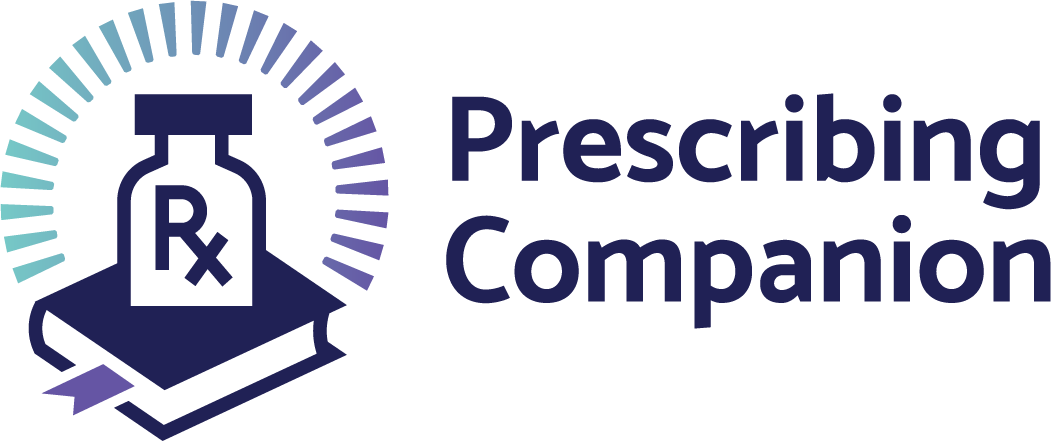Hepatic Encephalopathy
exp date isn't null, but text field is
This condition is a complication of either acute or chronic liver disease. It presents with disordered central nervous system function, due to inability of the liver to detoxify ammonia and other chemicals.
Causes
- Viral hepatitis
- Alcoholic hepatitis
- Cirrhosis of the liver
- Hepatocellular carcinoma
- Drugs e.g. halothane, isoniazid, paracetamol overdose, herbal preparations
- Fatty liver of pregnancy
- Precipitating factors in a patient with pre-existing liver disease:
- Fever
- Hypotension
- Infection
- Fluid and electrolyte imbalance (excessive use of loop diuretics)
- Sedatives
- Increased gastrointestinal tract (GIT) protein load e.g. heavy GIT bleeding, alcoholic binge
Symptoms
- Jaundice
- Confusion
- Disturbed consciousness which progresses as follows: disorder of sleep, hypersomnia and inversion of sleep rhythm, apathy and eventually coma
- Personality changes
Signs
- Cyanosis
- Fetor hepaticus
- Signs of chronic liver disease
- Neurological abnormalities:
- Speech impairment
- Asterixis (a flapping tremor) indicates pre-coma and strongly supports the diagnosis of encephalopathy
- Inability to draw or construct objects e.g. a 5-pointed star
- Incoordination
- Lethargy
- Encephalopathy
- Grade 1: Mild confusion, irritable, tremor, restless
- Grade 2: Lethargic responses, decreased inhibitions, dis- orientation, agitation, asterixis
- Grade 3: Stuporous but arousable, aggressive bursts, inarticulate speech and marked confusion
- Grade 4: Coma
Investigations
- FBC
- Blood glucose
- Liver function tests
- Blood urea and electrolytes
- Hepatitis B-surface-Antigen
- Hepatitis C screen
- Prothrombin time, INR
- Infection screen (blood culture, urine RE, chest X-Ray, diagnostic ascitic tap)
TreatmentTreatment Objectives
- To identify and correct precipitating factors promptly
- To treat underlying cause of liver disease
Non-pharmacological treatment
- Place in the coma position if unconscious
- Maintain fluid and electrolyte balance (avoid dehydration and electrolyte abnormalities such as hypokalaemia)
- Monitor temperature, pulse and respiratory rate, blood pressure, pupils, urine output and blood glucose regularly
- Avoid alcohol, paracetamol and other hepatotoxic agents
- Avoid sedatives such as benzodiazepines and drugs that impair the coagulation system
- Patients should NOT have their protein intake restricted
- Maintain an adequate protein intake of 1.2-1.5 g/kg per day
- Encourage intake of high carbohydrate diet by mouth or NG tube
Pharmacological treatment
Measures to correct hydration status and nutrition:
Evidence Rating: [A]
Adults
- Dextrose saline (5-10% dextrose in 0.9% saline), IV, 500 ml 8 hourly (according to requirements)
AND
- High potency Vitamin B, IV, (formulated as two separate vials) One pair of vials daily (added to glucose IV solution)
Children
- Dextrose saline (4.3% in 0.18% saline), IV,
AND
- High potency Vitamin B, IV, (formulated as two separate vials)
Measures to lower blood ammonia concentration:
1st Line Treatment Evidence Rating: [A]
- Lactulose, oral,
Adults
Start with 30-45 ml (20-30 g), 6-12 hourly (Review dose to maintain 2-3 semi-solid stools per day)
Children and Adolescents
Start with 5-20 ml 6-12 hourly (Review dose to maintain 2-3 semi-solid stools per day)
Neonates
Start with 0.5-5 ml 6-12 hourly (Review dose to maintain 2-3 semi-solid stools per day)
OR
- Lactulose, rectal,
300 ml diluted in 700 ml water (via rectal balloon catheter) 4-6 hourly, retain in the rectum for 30-60 minutes.
(Review dose to maintain 2-3 semi-solid stools per day)
AND
- Metronidazole, oral,
Adults
400 mg 8 hourly
Children
15 mg/kg 12 hourly
Neonates
>2 kg; 15 mg/kg 12 hourly
1-2 kg; 7.5 mg/kg 12 hourly
2nd Line Treatment
Evidence Rating: [A]
- Rifaximin, oral,
Adults
550 mg 12 hourly
Children
>12 years; 200 mg 8 hourly
< 12 years; not recommended
Hepatic encephalopathy associated with active bleeding (INR > 1.5 or platelet count < 50 x 109 /L):
Adults and Children (liaise with Haematology)
- Fresh frozen plasma, IV, (for INR >1.5)
OR
- Platelet concentrate, IV, (platelet count < 50 x 109 /L)
Antibiotic prophylaxis in Hepatic encephalopathy (associated with cirrhosis and upper gastro-intestinal haemorrhage)
Patients in whom oral administration is not possible,
Evidence Rating: [A]
- Ciprofloxacin, IV,
Adults
400 mg 8-12 hourly (administered over 60 minutes)
OR
- Ceftriaxone, IV, 1 g daily for 7 days
OR
- Ciprofloxacin, oral, 500 mg 12 hourly
OR
- Norfloxacin, oral, 400 mg 12 hourly for 7 days
Hepatic encephalopathy precipitated by bacterial infection:
Note: A diagnosis of SBP is established if the neutrophil count in the ascitic fluid is >250 cells/mL, culture results positive and surgically treatable causes are excluded. Patients with suspected SBP should be started on empiric antibiotics immediately after ascitic fluid is obtained pending results:
Evidence Rating: [A]
1st Line treatment:
- Ciprofloxacin, IV, 400 mg 8-12 hourly for 2 days (to be administered over 60 minutes)
Then
- Ciprofloxacin, oral, 500 mg 12 hourly for 5 days
Note: Avoid in patients with prior fluoroquinolone therapy as SBP prophylaxis or history of resistance.
2nd Line treatment:
- Cefotaxime, IV, 2 g 8 hourly for 7 days
Or
- Ceftriaxone, IV, 2 g daily for 7 days
Referral Criteria
Refer patients if the condition does not improve. All children with hepatic encephalopathy must be referred to a specialist.
